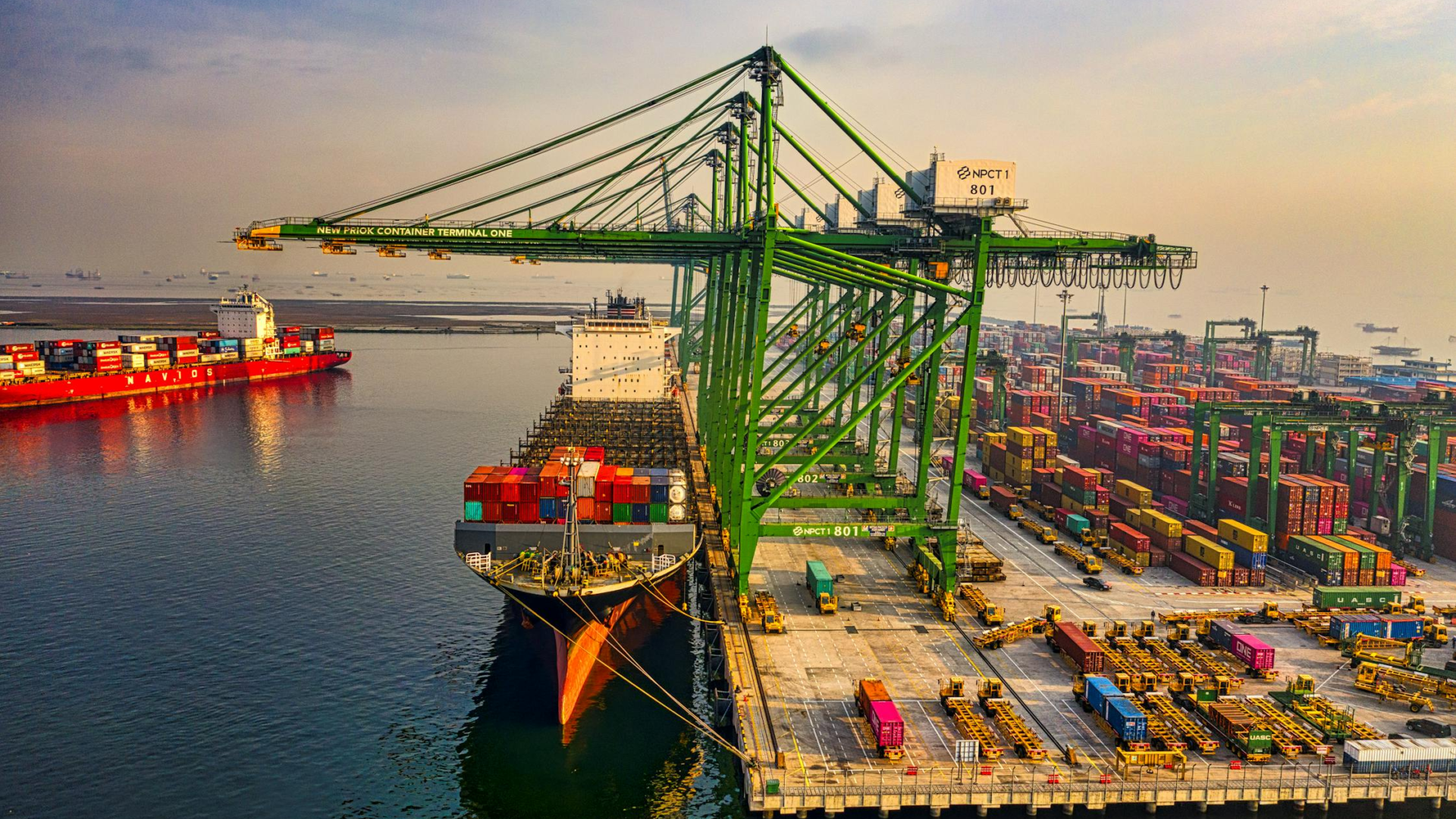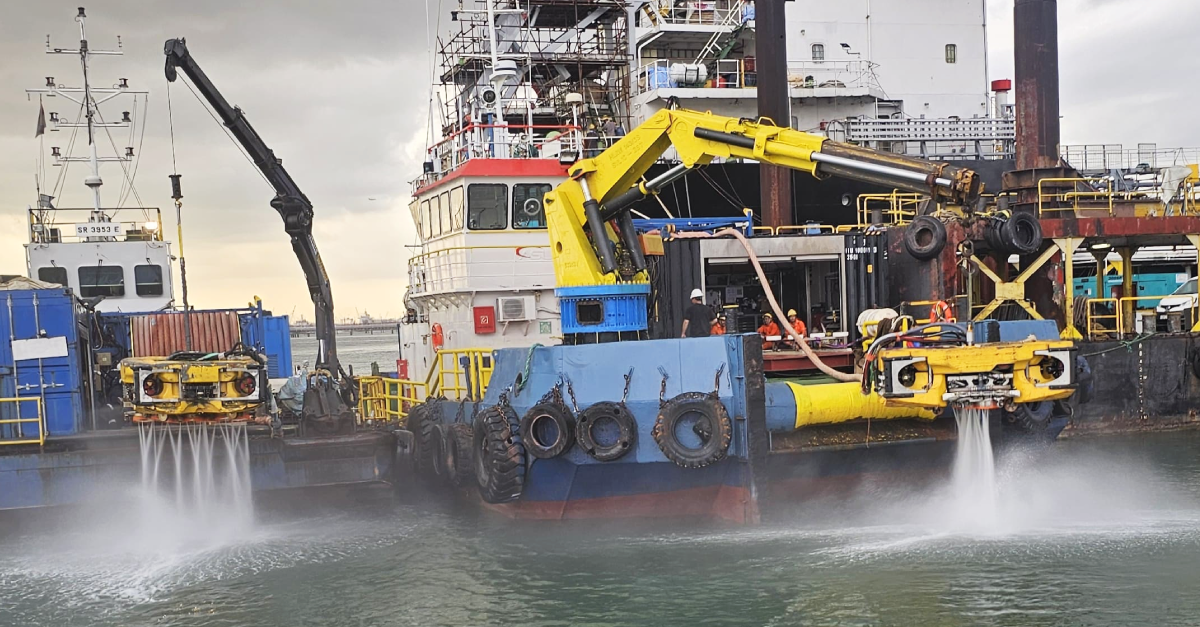How to improve your Carbon Intensity Indicator score?

So, what exactly is CII?
The official explanation goes as follows: The Carbon Intensity Indicator (CII) measures the efficiency with which a ship transports goods or passengers and is expressed in grams of CO2 emitted per cargo-carrying capacity and nautical mile. In layman’s terms, CII is a rating of how efficiently and environmentally friendly a ship is operated.
There are a lot of abbreviations to remember in 2022: EEDI, EEXI, CII, SEEMP, EEOI, and so on. I’d like to concentrate on CII in the following sections (Carbon Intensity Indicator).
Carbon Intensity Indicator summary
Starting in January 2023, every ship larger than 5,000 GT will be assigned a CII rating, with the first rating issued in 2024 based on data collected in 2023. The scale runs from A to E, with A being the best and E being the worst. If your ship receives an E rating, you must develop a corrective action plan as part of your Ship Energy Efficiency Management Plan (SEEMP). If your ship receives a D rating for three years in a row, a corrective action plan must also be developed. The requirements for achieving the various ratings will be tightened in the run-up to 2030.
So, how do you get the required CII score?
Your CII rating is influenced by several factors. They include, but are not limited to speed reduction, alternative fuel use, route optimization, hull maintenance, anti-fouling systems, trim optimization, and so on. Which tools you use and when is up to the individual ship owner/manager/operator, but all tools must be used to achieve good CII ratings throughout the ship’s lifetime.

How critical is hull maintenance?
According to a recent IMO report, a layer of slime as thin as 0.5 mm covering up to 50% of a hull surface could result in a 25-30% increase in GHG emissions.
Furthermore, it affects the majority of the other tools available to help you improve your CII rating. Speed reduction, route optimization, and other measures will have less of an impact if your hull is not properly maintained.
Proper hull maintenance will be required to get the most out of your efforts to obtain a good CII rating.
What are the best practices for hull maintenance?
In general, if you don’t look, you won’t know. This means that if you don’t inspect your ship regularly, you won’t know how biofouling is developing on your hull.
You can expect the following benefits from performing regular inspections and hull cleaning, before the biofouling covers your entire hull and grows into your anti-fouling paint:
- You will reduce your fuel consumption and, as a result, your CO2 emissions
- You will protect and possible extend the life of your anti-fouling system.
- You will get the most out of your other emission-cutting activities.
- You will help reduce the risk of invasive species.
- You will significantly reduce the cost of operating your ships.
What are the next steps you should consider?
As regulations change, we must change the way we think and act to adapt to a new situation. Why were things done the way they were in the past, and what is required to accommodate the future?
So, to begin with, how frequently do you inspect your hull today, and what is the appropriate frequency of performing hull inspections?
Next, you must determine at what level of biofouling it is beneficial to clean your hull. Is this due solely to the level of biofouling, the type of biofouling, or perhaps sailing routes or calls to ports with stringent requirements?
With these steps you are well on your way to ensuring that your ship or fleet are in the best condition to achieve a high score.

News
Doubling capacity in Singapore: Meeting the growing demand for sustainable biofouling services
Our second ShipShiner is now fully operational in Singapore, doubling our capacity for hull cleaning in one of the world’s busiest ports.

News
C-leanship welcomes Sanjay Vasudevan as new CEO
We are pleased to announce the appointment of Sanjay Vasudevan as the new CEO, effective 1st February 2025.

Megatrends
Voices from our investors #3: Wallenius
At Wallenius, we have a long history of partnering on sustainable innovations that deliver real impact.